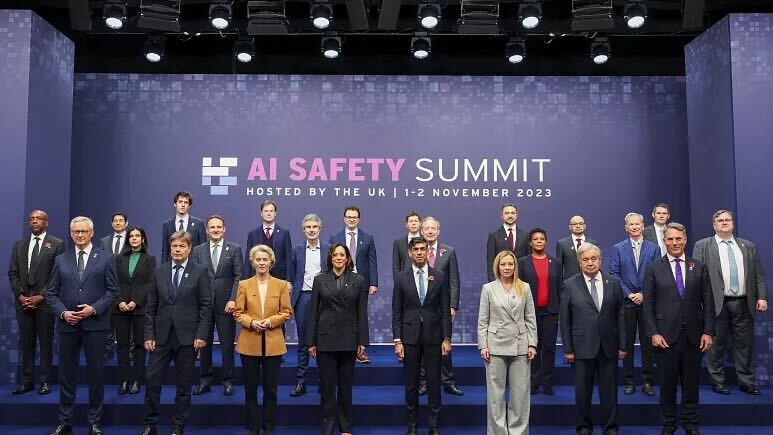In November 2023, I’ve been given the responsibility to chair the International Scientific Report on the Safety of Advanced AI as part of an international mandate following up from a resolution taken by 30 countries, as well as representatives from the EU and the UN, at the UK AI Safety Summit in Bletchley Park. It synthesizes scientific evidence and arguments regarding the safety of current and anticipated general-purpose AI systems. Inspired by the International Panel on Climate Change (IPCC), it brings together a panel of representative experts from 30 nations, as well as representatives from the EU and the UN, and it studies the impact AI could have if governments and wider society fail to deepen their collaboration on AI safety. What we have completed now is an interim report and it was delivered at the Seoul AI Summit on May 22, 2024. The final version will be presented at the AI Action Summit in France next February. The interim report was written thanks to the contributions of over 70 experts, including the 32 experts nominated by the countries and 26 senior advisors with a wide diversity of views and backgrounds, as well as an amazing team of dedicated collaborators and an incredibly well organized, agile and thoughtful secretariat. This document focuses on general-purpose AI that has a wide variety of applications and takes a broad view on AI safety, covering issues ranging from biases and toxic output, threats to democratic processes (disinformation) as well as national security, economic destabilization, environmental and loss of control concerns. It synthesizes the scientific literature (with 40 pages of citations) but, as requested, it does not make policy recommendations. It clarifies where uncertainty and disagreements exist within the scientific community, which should motivate more research to clear the fog about potentially significant future impacts.
Some of the main takeaways include the following:
- General-purpose AI can be applied for great good if properly governed, but there are risks:
- Malicious use risk: scams, deepfakes, disinformation, cyber, bio
- Risk from malfunctions: product safety issues, bias, loss of control
- Systemic risk: labour market, ‘AI Divide’, market concentration, environmental impacts, privacy, copyright
Underpinning these risks are several technical and societal risk factors, making the study of AI safety a socio-technical and fundamentally multidisciplinary endeavor.
- There is considerable uncertainty about the pace of future progress. Trends show a consistent increase in the efficiency of various AI systems along many dimensions, especially as the size of the neural networks and of their training sets increases, but also because of many algorithmic advances which are fueled by a growing investment in AI. However, these trends could plateau at any moment or could accelerate if AI becomes a tool to accelerate AI research.
- Technical methods exist to reduce risk, but all have limitations. In particular, methods that can detect and evaluate potentially dangerous capabilities are an important first line of defense to mitigate unforeseen risks, but a broad spectrum of approaches with different timelines and levels of safety assurances are being explored.
- A better understanding of general-purpose AI is needed, both at a technical level (how current systems produce their outputs and what can give rise to dangerous behaviors, for example) and at a systemic level as AI systems will be more and more deployed in society.
- Decisions of societies and policy makers will shape the trajectory of AI, and we should take advantage of our collective agency to do so as soon as possible, given the uncertain timeline to human-level AI systems (a.k.a AGI) and the potential large-scale impacts associated with the various risks above.
I encourage everyone who is new to the domain of AI safety or wants to level up across the board of these many topics to have a look at the report, which can be found here.
